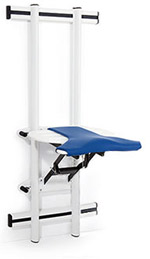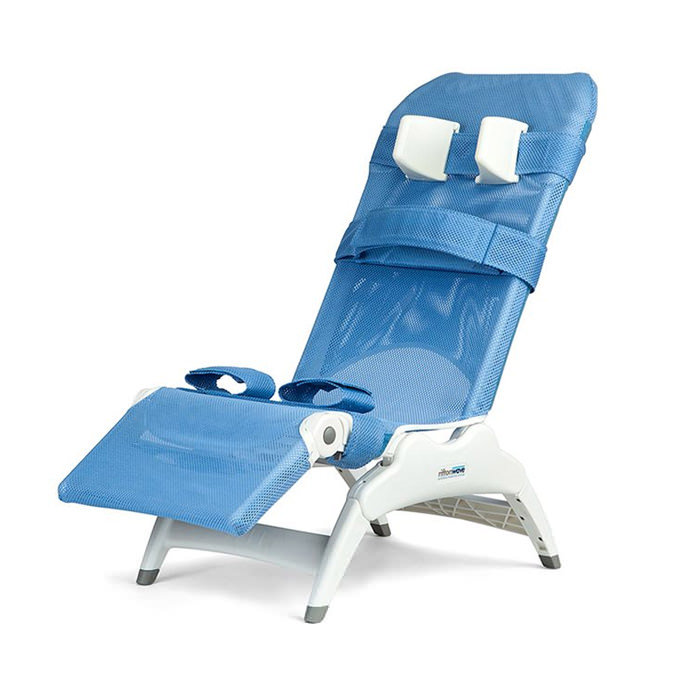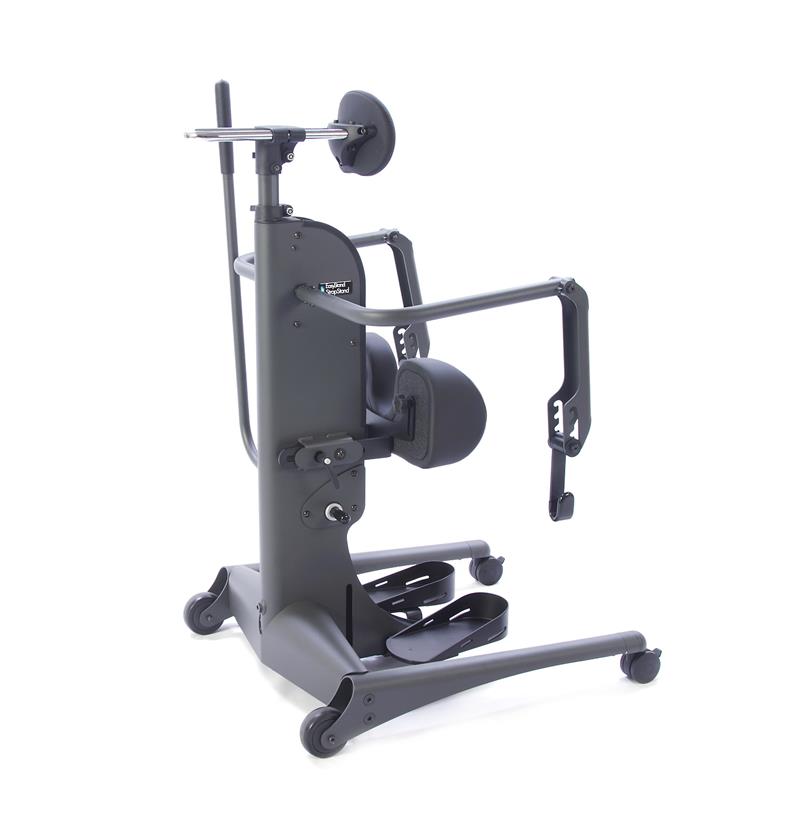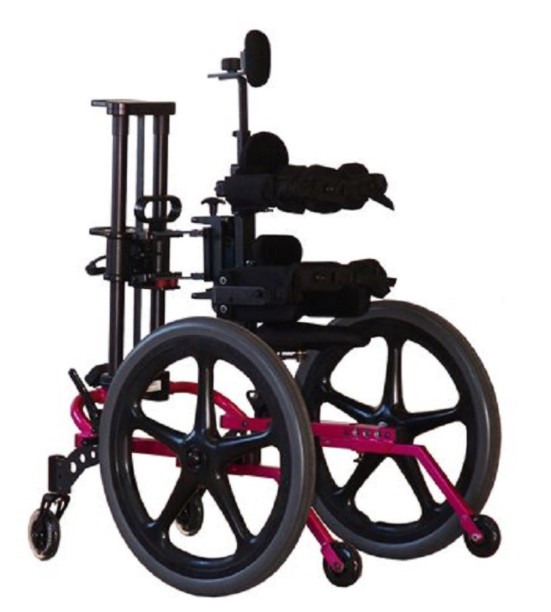October is Spina Bifida Awareness Month! Please join us in learning about this disease, and spreading what we’ve learned to friends, family and colleagues. That’s really all we have to do for awareness, just to learn and tell others what you’ve learned.
What is Spina Bifida?
Spina Bifida is a serious condition that affects the spine. for those affected, Spina Bifida is usually present at birth, and is a type of neural tube defect (NTD).
In the case of Spina Bifida, the neural tube does not close all the way, and this can happen anywhere along the spine. When this happens, the backbone around that part of the spinal cord doesn’t form and close as it should. This often results in damage to the spinal cord and nerves.
Spina bifida might cause mild to severe physical and intellectual disabilities. The severity depends on the size and location of the opening.
There are three types of Spina Bifida:
Myelomeningocele
When people talk about spina bifida, most often they are referring to myelomeningocele. Myelomeningocele is the most serious type of spina bifida. With this condition, a sac of fluid comes through an opening in the baby’s back. Part of the spinal cord and nerves are in this sac and are damaged. This type of spina bifida causes moderate to severe disabilities, such as problems affecting how the person goes to the bathroom, loss of feeling in the person’s legs or feet, and not being able to move the legs.
Meningocele
Another type of spina bifida is meningocele. With meningocele a sac of fluid comes through an opening in the baby’s back. But, the spinal cord is not in this sac. There is usually little or no nerve damage. This type of spina bifida can cause minor disabilities.
Spina Bifida Occulta
Spina bifida occulta is the mildest type of spina bifida. It is sometimes called “hidden” spina bifida. With it, there is a small gap in the spine, but no opening or sac on the back. The spinal cord and the nerves usually are normal. Many times, spina bifida occulta is not discovered until late childhood or adulthood. This type of spina bifida usually does not cause any disabilities.
What can Cause Spina Bifida?
We don’t actually fully know what causes spina bifida. Most current theories are centred around it being caused by genetic, nutritional and environmental risk factors, such as a family history of neural tube defects and folate (vitamin B-9) deficiency
How can I Raise Awareness and Help?
There are several charities dedicated to helping people with Spinal Bifida and furthering research into prenatal testing and treatments. You can help by donating to the charities (evika.io is not affiliated with the charities mentioned in this article). Perhaps even easier, just share this article on social media to help raise awareness for Spina Bifida.
Spina Bifida Charities:
- Spina Bifida Association
- Spina Bifida and Hydrocephalus Association of Canada
- Shine Charity
- Spina Bifida and Hydrocephalus Association of British Columbia
Useful Assistive Devices for Spina Bifida
Here is a short list of assistive devices that may be useful for people with Spina Bifida. Please consult with your healthcare provider to understand if devices are a good fit for your case. You can also use our search function to find more assistive technology for Spina Bifida.
$535.00
Time and again, research has shown the necessity of good toileting for children’s health. So we designed the HTS with that in mind. Hygienic, simple and affordable, the HTS promotes the positioning that is ideal and natural for effective toileting. Meanwhile its versatility and simplicity – usable on, over and off the toilet, no tools required – make the lives of caregivers better too.
$3,270.00
See what a difference 90° can make. The Support Station’s unique features enable individuals to receive hygiene care in an upright position – making the process more dignified, improving access to clothing and skin, and eliminating heavy lifting on the part of the caregiver. With the Support Station, clients assist in the sit-to-stand transfer, using their own strength and skills to participate in their care.
$580.00
The New Rifton Wave Bathing & Transfer System is an improvement on the old Rifton Blue Wave Bath Chair System. Rifton listened to feedback from customers and therapists and made the seats wider and it now comes standard with a softer knit fabric to help protect the integrity of the user’s skin.
The Rifton Prone Standers assist the user with physical development and better social interaction, helping clients experience the world while also building strength for the future. Easily adjustable, the Rifton Prone Standers can be adjusted to any desired height.
The StrapStand easily lifts you from a wheelchair, bed or seated surface into a standing position! No transfers necessary and the StrapStand offers tool free adjustments, making this a great choice for in home use as well as multiple users in a facility.
$3,127.49
KidWalk enables children to be participants in their world, not as observers, thru hands free, self-initiated exploration. Independent, self-initiated movement is the key to developing cognitive, language and motor skills, learning spatial relationships, and exploring the world.







